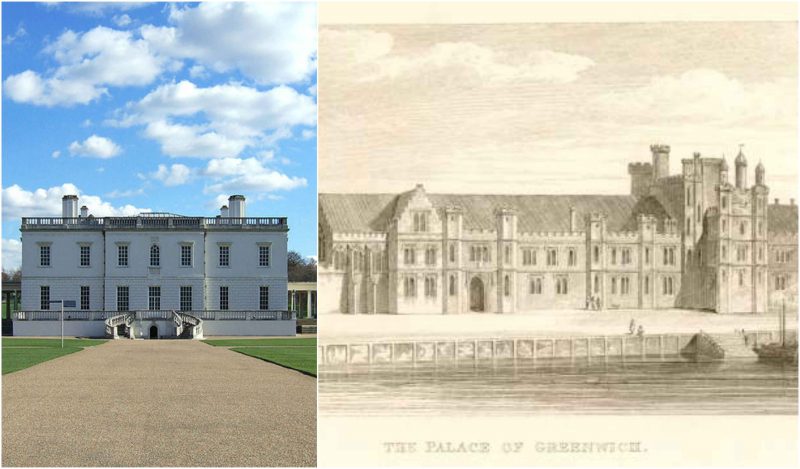What is today known as the Old Royal Naval College or the Royal Naval Museum, was the Greenwich Hospital until 1869. And until 1692 it was an English Royal Palace named The Palace of Placentia.
The original building was built by Humphrey, Duke of Gloucester in 1433 and named “Bella Court,” but it was later demolished, and in 1660 Charles II decided to rebuild the palace, employing John Webb as the architect.
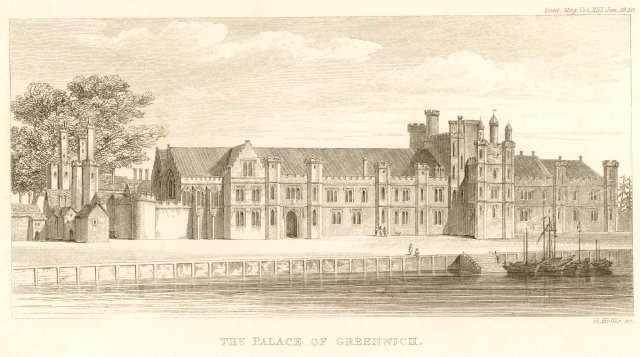
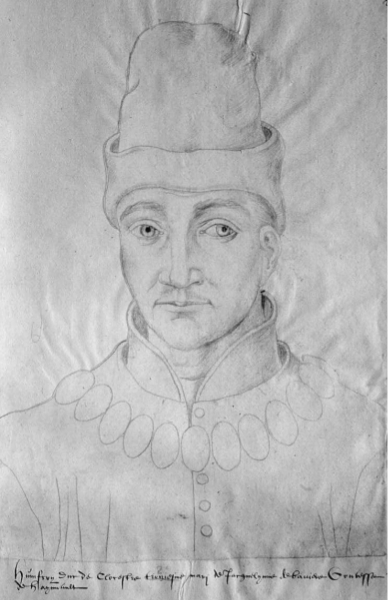
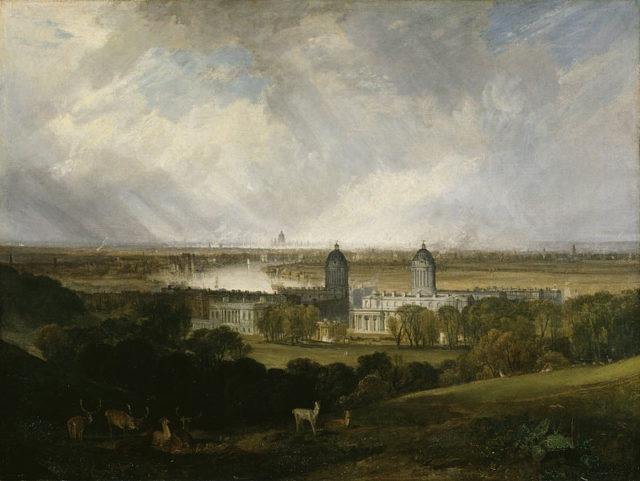
Humphrey was known as the “son, brother and uncle of kings,” as he was the son of King Henry IV, the brother of Henry V and the uncle of Henry VI, and had the role of a regent during the rule of the last one. But, in 1447, Humphrey fell out of favor with the queen, Margaret of Anjou, and was imprisoned for high treason. According to the records, he died in prison, while according to Shakespeare, Humphrey was murdered. Queen Margaret took over the palace and renamed it the “Palace of Placentia,” sometimes mentioned as the “Palace of Pleasaunce.”
The palace slowly took the place of the popular Eltham Palace where the Kings and Queens of England met their guests, went hunting, and spent their “vacant” days. Its popularity rose when King Henry VII assumed the throne in 1485 and built additional parts of the main palace, adding a brick frontage and finishing the Tower in the Park as well. King Henry VII and his wife Elizabeth of York spent a lot of time in the Palace, and it was there that King Henry VIII was born.
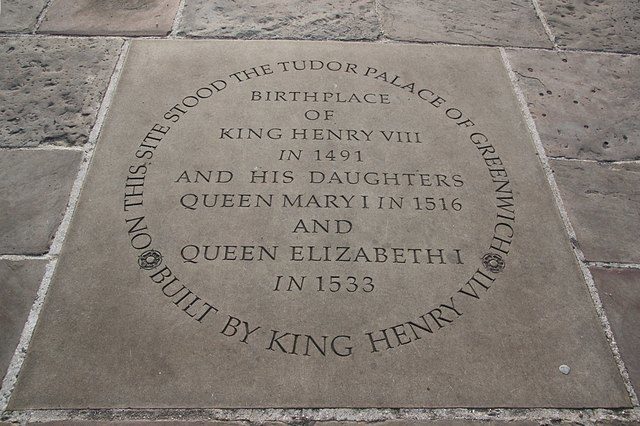

When Henry VIII came to the throne, he made his birth place the primary royal palace. During his rule, the Palace of Placentia was enlivened as never before with huge parties, banquets, and jousting matches on its grounds. In 1516, he organized a Christmas party that went into history as the greatest party in England and as the first masquerade party ever seen in the country. About that night it has been written: “The King this year kept the feast of Christmas at Greenwich, where was such an abundance of the viands served to all corners of any honest behavior as hath been few times seen.”
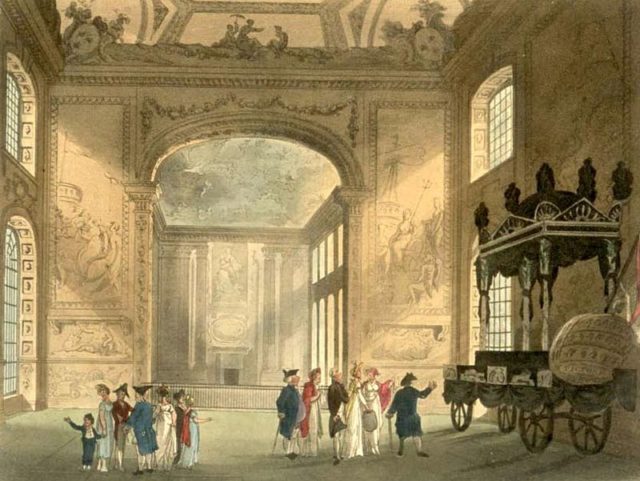
The Palace of Placentia was also the place where Mary I and Elizabeth I were born and where they spent their childhood. Kings James I and Charles I kept the palace as their principle residence, but unfortunately, during the English Civil War, the residence at Placentia fell into disrepair. During the time when Oliver Cromwell took over the country, he converted the palace into a biscuit factory and later into a prisoner-of-war camp.
In 1660, Charles II started the project of building a new palace which would have served as the new King’s House, but only the east range of the present King Charles Court was completed and never used as a royal residence.

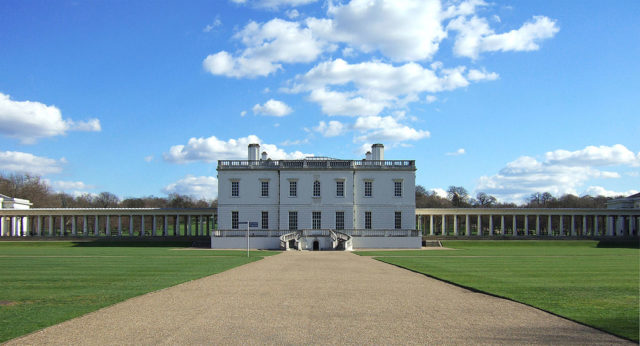
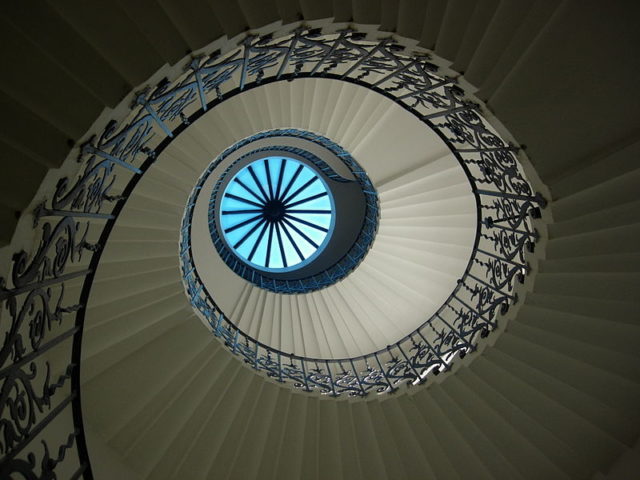
The site remained empty for more than 30 years, with most of the buildings demolished. In 1694, the construction of the Greenwich Hospital began. It later became the Royal Naval College and now the University of Greenwich and the Royal Naval Museum.
The only part that remains today of the old Palace of Placentia is the Queen’s House, built in the 17th century by the architect Inigo Jones as the first ever classical-styled building in Britain.
